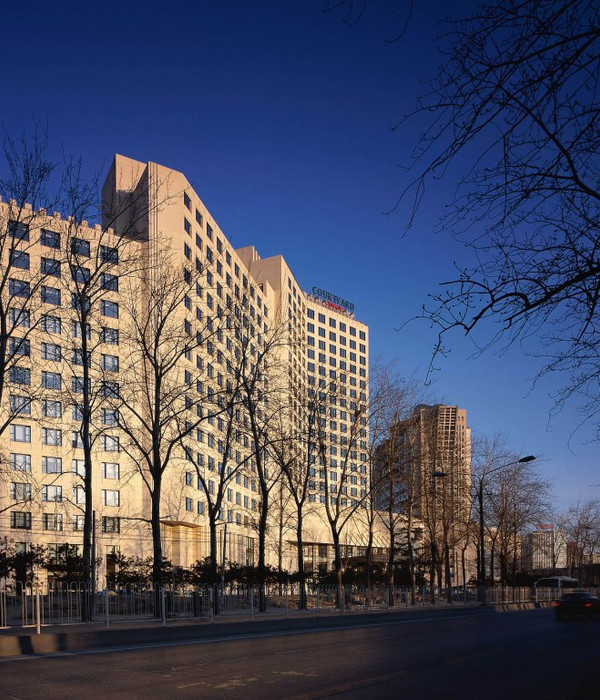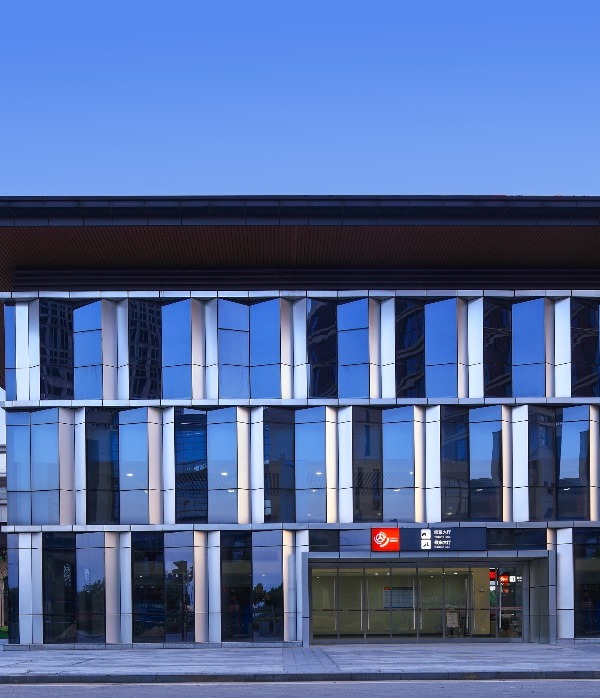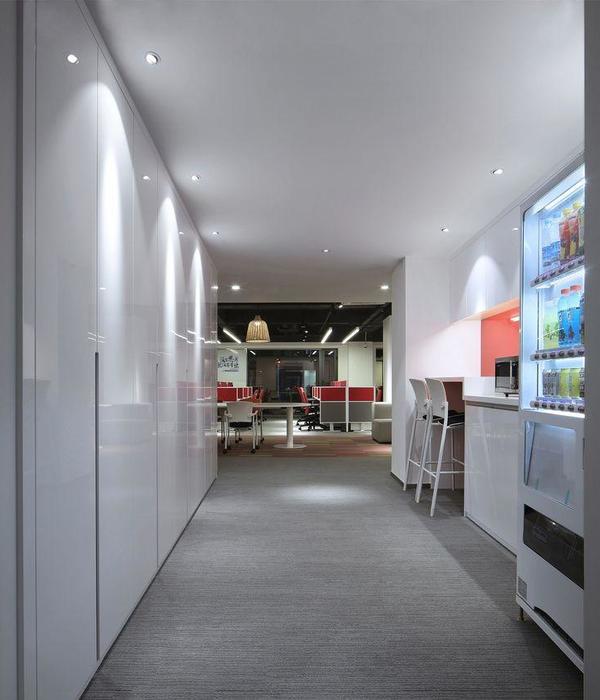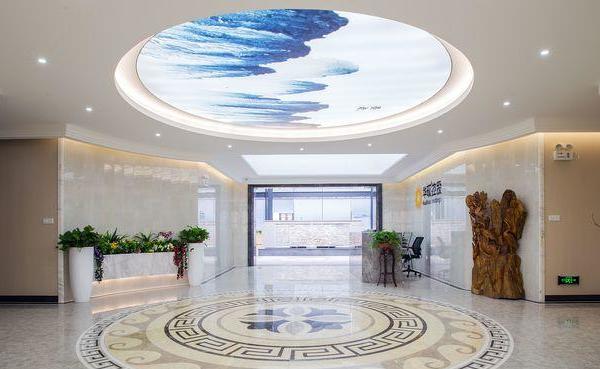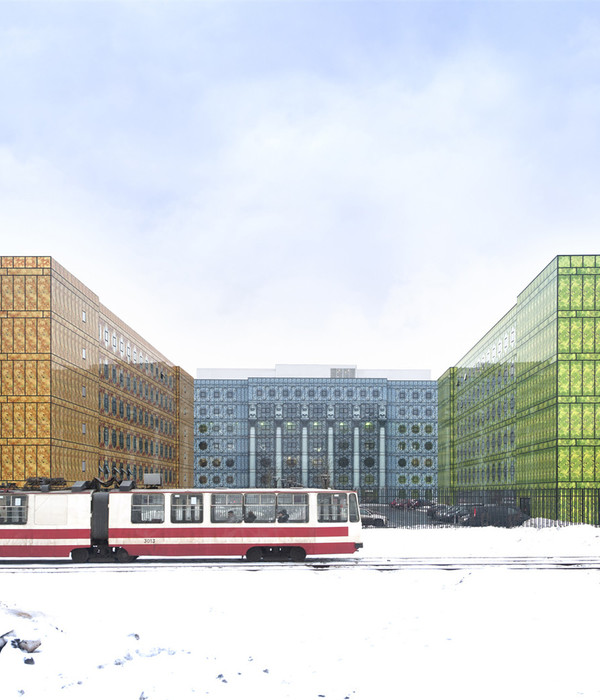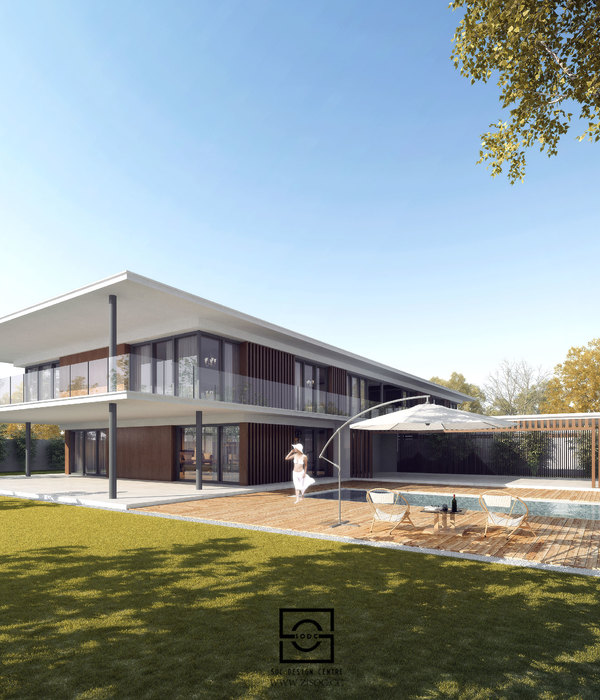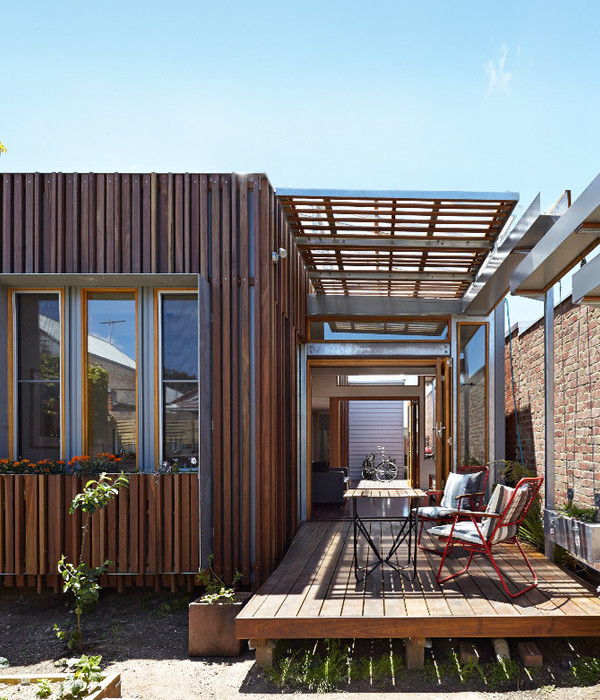When Sean Ronnie Hill, director of Rise Design Studio, and Mallika Chaudhuri, founder of fashion label Indoi, bought their ground floor flat in Harlesden, they had a challenge on their hands. The task of renovating a family home to create a space suited to their lifestyles – including their two daughters and Mallika’s business – lay ahead. Thankfully, their shared design expertise equipped them for a creative collaboration that accounted for their familys needs and respective personalities.
The resulting refurb has sustainable technology embedded throughout, flexible spaces that make it possible to host family and friends from abroad, and an expansive kitchen (fit with a moving island) perfect for riotous parties. There’s even a plot for Sean’s kale and a custom-built garden studio for Mallika.
We sat down with the creative couple, who took us through the collaboration process and marrying their need for a clever, functional space with their unique aesthetic vision.
As an architect, collaboration is one of the key things when you’re doing projects like renovating a family home. The client is very important. It’s no different when your client is your family, and, actually, this collaboration was really productive because we’re both from creative worlds.”
“But it’s not always easy. Obviously, Sean is all about the design and the materials and the technical specs of everything. So I suppose for him, its as much an architectural exercise as it is a family home. I, however, came at it from a perspective that’s very much, ‘This is our family home!’
“But there are definitely things I’ve realised in hindsight that he was probably right about. I really wanted three bedrooms, for example, either for guests or for the girls. But actually, we would’ve ended up with three really poky rooms and it’s quite nice that we now have more flexible space.”
We
definitely had lots of very long discussions about lots of aspects of the
design. At the start, it was quite tricky because we each had a vision for the
space. But in the end, it has turned out really beautifully because we were
both able to give a little. And what we’ve held on to is a beautiful
combination of both of us.”
Yes, in the end, we got there. Sean led when it came to structure and design, and then I added the colour, the materials and the details – like the pink tiling, subtle shades of paint and the Tadelakt in the bathroom.
“For me, the texture and colour was really important. That’s why we both really loved the clay and the plaster, none of which has a flat colour, it’s all textured.”
Mal
definitely brought her background and knowledge of colour analysis to the
project, which was important because we architects don’t tend to consider that.
We’re very much about the materials in their rough state and the beauty of
trying to work out combinations within that.”
But
we were both in agreement that we wanted to keep the hallways dark, because
hallways
dark. There is no point
in trying to light up these really narrow hallways and Sean is all about being
honest to spaces, their situation, and the materials – which I am as well.
“We had this funny concept because we’re both obsessed with water and the sea. So we thought, let’s make it like you were going into this deep blue sea. Then when you come out into the lighter space, a sense of drama hits you. Sometimes people don’t get it. They’re like, ‘Why is it so dark? Where are the lights? But it’s deliberate.”
Architecturally, it’s inspired by Charles Rennie Macintosh. He did a lot of that, where an emotional response is prompted when you go from a dark space to a lighter space. Your perception tends to be that it’s much lighter than it actually is.
“It’s all about the light, the volumes, the way you use different types of material. With every space, it was about creating an intimate and deliberate atmosphere, about having distinct areas in the house for activities to happen. So yeah, it was a really fun project – even if we were at each other’s necks for a bit of it!”
And I think that’s quite normal, isn’t it? Even if they’re not married to an architect, everyone I meet who renovates a family home seems to have a pretty stressful time.”
I also did a little workshop class at the Goldfinger factory and built a stool for Mal, so she can climb up and make full use of the kitchen.
“The kitchen had to be a very functional space. Mal’s mom is Persian and her dad is Bangladeshi, so cooking is such an important part of her culture. I’m from Ireland – where the food is definitely not as elaborate – but having a kitchen where everyone who visits ends up mingling and coming together was really important.”
It’s become an open space where everyone gathers and I think overall, that’s the biggest thing this house has given our family. We have more shared moments and it’s given us more fluidity; now, we can all be in the same space, doing different things.”
“Its fascinating how fast the world is evolving, what lies ahead, how were living now and to look back to how the past occupants of London homes used to live.
“The vast majority of our work has been re-imagining how to live in century-old houses by extending and carving out new spaces within. We have found that the convenience of technology and spaces that allow for daily rituals to be carried out with ease defines modern living.
“Its also about allowing for a level of flexibility within each room as well as including both open plan living (cooking and eating and chilling) as well as secludedness (sleeping, bathing and winter hibernation).”
: “Walmer Yard in Notting Hill, for the intimacy, the ideas about the poetry of materials, the praise of shadows, the level of craftsmanship. A dwelling that never stops giving.”
{{item.text_origin}}


